Why does azalea shed its leaves and what to do in such a situation?
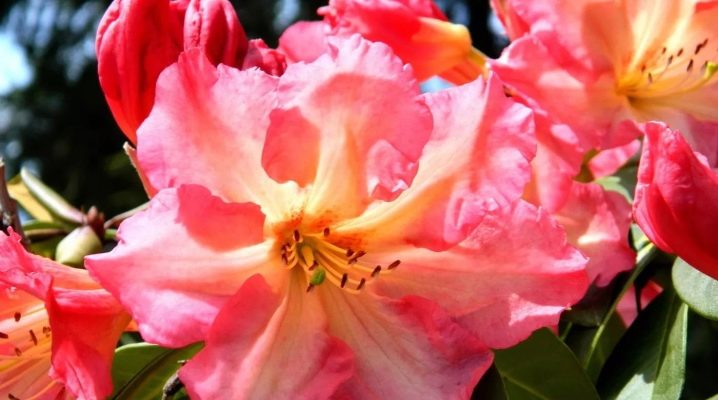
Azalea is a flowering houseplant with exquisite flowers and decorative leaves. Under certain circumstances, azalea leaves fall, and the plant ceases to be attractive and luxurious, its decorative effect disappears. The reasons why this happens can be different: improper care, violation of conditions of detention, improper transplantation, pests, natural shedding of leaves before wintering.
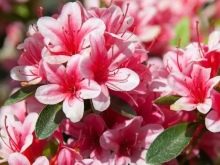

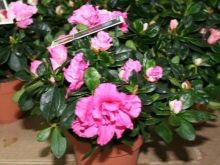
Basic rules of care
Azalea requires increased attention in everything related to caring for it, therefore, growers will have to follow certain rules when growing it.
- For the normal development of azaleas, it is necessary to choose a place that is illuminated, but without direct sunlight. The most acceptable option for the location of this plant is the east window in the room. The most inappropriate option is the south window. The azalea can only be exposed to the south if the windows are shaded by trees.
- During the period of kidney circumcision, it is necessary to make the lighting more powerful using phytolamps or fluorescent lamps. As a rule, this time falls in the middle of autumn.
- The optimum temperature for the normal development of azaleas is in the range from +15 to + 18 ° C. During the budding period, the temperature is reduced to + 10– + 13 ° С.
- Heat is harmful to azaleas. The air temperature above 25 ° C is critical for this plant, so it is better for the plant to stay in a cool room in hot summer. It is possible to transfer the azalea closer to the split system in order to prevent temperatures close to critical.
- Azalea loves moisture and does not tolerate dry air. The plant feels great at 80%. You can spray the plant, but gently with a weak stream and outside the flowering period. The best way to increase humidity will be to install a container with water next to the flower, especially during the heating season. To provide the azaleas with optimal moisture, the pot is placed on a pallet with expanded clay, which must be constantly wet.
- Watering is carried out with soft, settled, melted or filtered water. You can make melted water yourself at home by freezing the water halfway in a plastic bottle. Then drain the unfrozen liquid, and water it by melting the ice. Sometimes a little citric, malic, oxalic or acetic acid is added to the water.
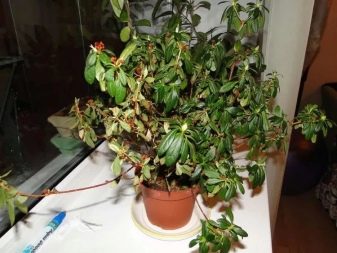
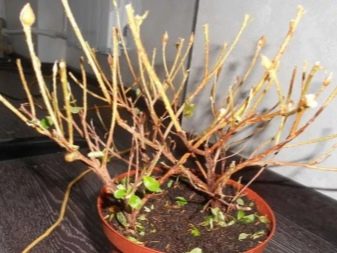
Florist errors
Novice growers sometimes make mistakes in caring for an azalea.
Temperature
The high temperature in the summer and heating period has a detrimental effect on the plant: the azalea leaves the leaves at a temperature above the optimum. A harbinger of an imminent unpleasant phenomenon will be the appearance of brown spots on the leaf plates.
This is a signal that it is necessary to reduce the temperature to a level comfortable for the azalea. It is necessary to remove the flower away from the battery and from direct exposure to ultraviolet radiation.
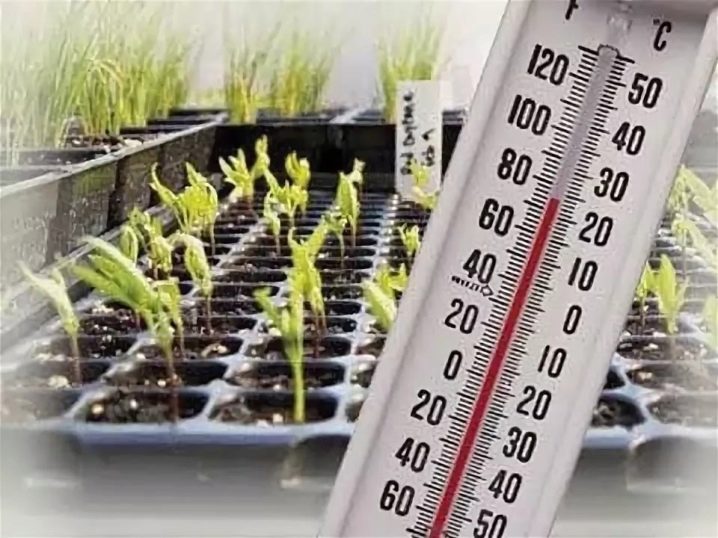
Air humidity
Air humidity below 65% causes leaves to fall off. In this case, the air is too dry, and additional humidification will be required. The easiest way is to place a container of water next to the azalea. This can be an ordinary mug or an aquarium. In the event that the leaf fall is abundant, you can carry out some resuscitation measures.
- Water the plant.
- Cover the azalea with the pot with a plastic bag.This creates an optimal microclimate inside the bag and increases the humidity.
- Remove the package exclusively during watering for 20 days.
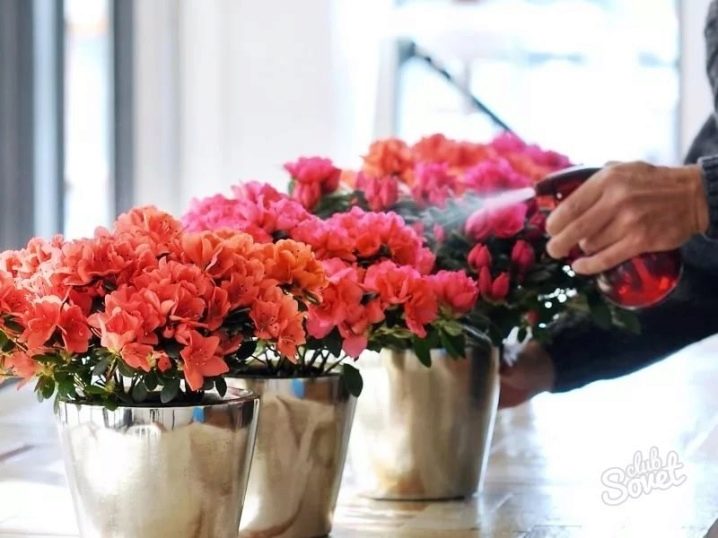
Watering
Improper watering causes the azalea leaves to crumble. For all its love for water, this plant does not tolerate waterlogging of the soil. Proper watering is carried out only after the top layer of the soil has completely dried. With excess moisture, first the tips turn black, then completely leaf plates, and the affected leaves fall off.
Poor watering also leads to shedding of leaves. Save the plant with abundant watering infused with peat water. In order to better soak the dried lump, the pot is placed in a large container, in which it will be almost completely submerged in water. This procedure must be performed 2 times a day for half an hour every other day.
When the earth is washed out, it is added in the right amount.
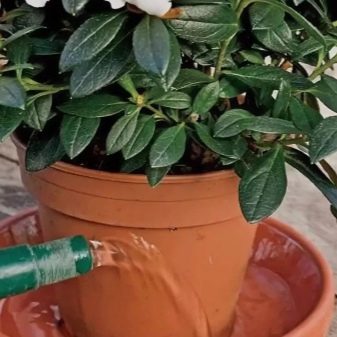
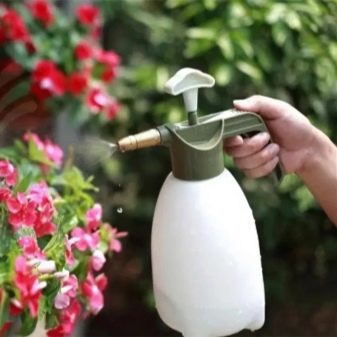
Pot selection
A tight pot can cause leaves to shed. This often happens with newly purchased plants. It must be remembered that the roots of an azalea grow horizontally, so it requires a wide container. To remedy the situation, the azalea is moved to a larger pot using a transfer method. To do this, place the vessel on its side, knock on the walls, carefully remove the plant together with the lump and place it in a new container, adding earth and a lower drainage layer. After transshipment, the azalea is spilled with a zircon solution.
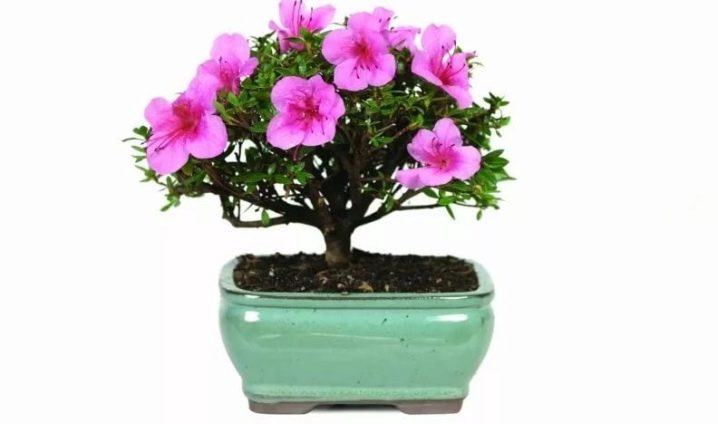
Priming
Lime soil has a depressing effect on the azalea. At the same time, she falls ill with chlorosis, her leaves turn yellow, dry and fall off. In this case, it is extremely difficult to save the plant. Experts recommend avoiding such situations in advance: acidifying the soil and not using calcium fertilizers.
And it is also necessary periodically loosen the soil. But careless loosening can lead to sad consequences. When loosening the top layer, it must be remembered that the roots of the azalea are shallow, and if damaged, you can observe the loss of leaves and a general deterioration in the condition of the plant.
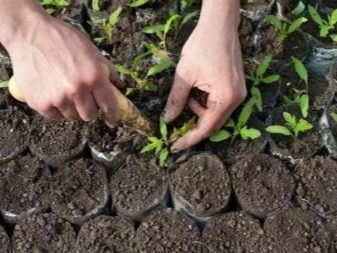
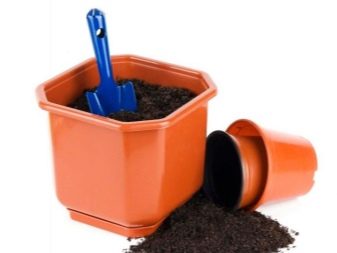
Harmful insects
Even with proper care, azalea can shed its leaves. In this case, harmful insects may become the cause.
- Whitefly lays eggs, from which larvae emerge, sucking liquid from the leaves. The leaves become lifeless and dry. Whitefly control is carried out using insecticides and glue traps.
- Azalea moth damages the plant at the stage of a caterpillar eating leaves. Having eaten one leaf, they move to the second, wrap themselves in it, continuing to eat it. To save the flower, the caterpillars are harvested, and the plant is treated with insecticides.
- Aphid sucks sap from leaves and deforms them, slows down plant growth and flowering. In addition, a sooty fungus develops on the sticky secretions of aphids, due to which the leaves turn black and fall off. Chemical preparations and natural garlic and onion infusions help to get rid of aphids.
- Rhododendron mite leaves black spots on the leaf plates, as a result of which they dry and fall off. As a rule, the mites themselves are almost invisible. If spots have already appeared, then the plant is treated with systemic pesticides, for example, "Diazonin".
- Thrips live on the inner side of the leaf, suck the juice from the leaves, damaging them. The leaves are covered with rusty spots and waste products of pests, and lose their decorative qualities. Thrips are fought with insecticides.
- Mealybug overcomes young shoots, flowers and buds, takes refuge in the axils of the leaves. The leaf plates become covered with white cobwebs and become sticky. You can fight mealyworms on indoor plants with the help of chemicals or natural remedies, such as soap-alcohol solutions, garlic infusions and calendula infusions.
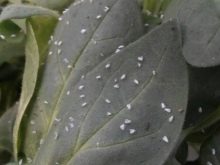

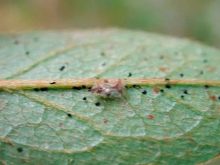
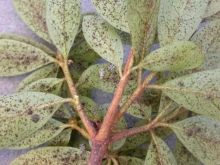
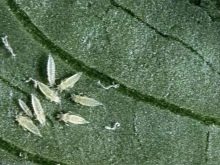

What happens in winter?
Azalea sometimes sheds its leaves in winter.This usually happens after flowering. This applies to some varieties and occurs during the winter. In this way, the plant is prepared for wintering and the onset of a dormant period. At this time, the abundance of watering is reduced, and the pot of azalea is transferred to a cool, dark place. The end of the dormant period is accompanied by the appearance of new leaves.
This pattern is true only in relation to plants that have faded.
If the azalea did not bloom and dropped the leaves, then improper care, the soil that oppresses the plant, or the action of pests should be considered as possible reasons.
See below for how to care for your azalea.







































































































The comment was sent successfully.